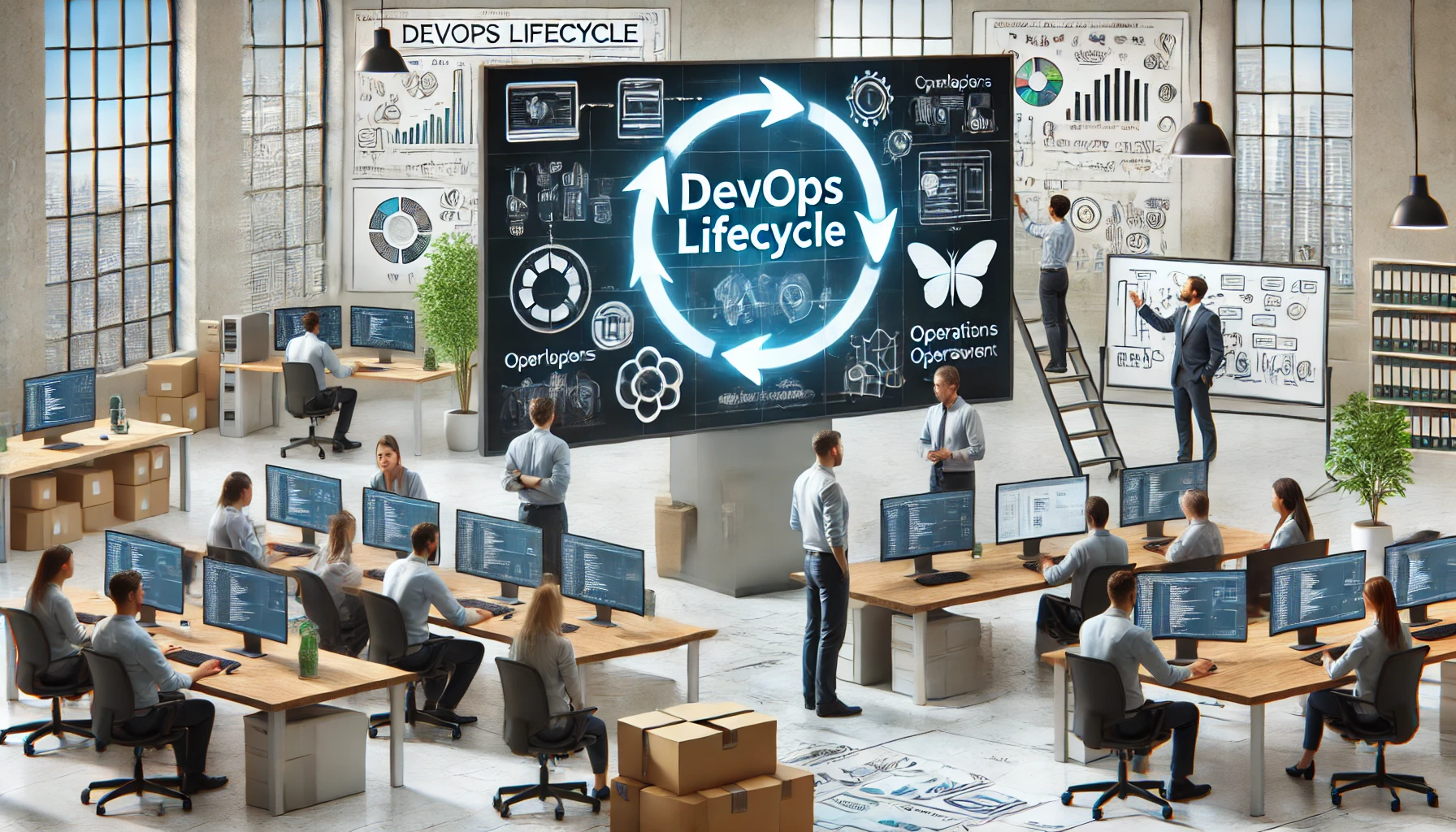Devops
-
Cloud-Native Application Pipelines: Part 2 – Containerization and Infrastructure as Code
Containerization transforms applications into portable, scalable units that maintain consistency across development, staging, and production environments. This comprehensive exploration covers modern containerization…
-
Cloud-Native Application Pipelines: Part 1 – Development Environment and Local Setup
Modern cloud-native development demands sophisticated tooling that seamlessly integrates development, testing, and deployment workflows. This comprehensive guide explores how to configure VS…
-
Mastering GitHub Actions: The Complete Beginner’s Guide to CI/CD Automation
Ready to transform your development workflow from manual chaos to automated perfection? This comprehensive guide takes you from GitHub Actions beginner to…
-
How do I: Setup GitOps with Rancher’s Fleet
Part 1: Introduction to GitOps with Rancher Fleet – The Foundation of Automated Infrastructure What is GitOps? GitOps is a modern approach…
-

Understanding the DevOps Lifecycle
Introduction In today’s fast-paced software development environment, DevOps has become an essential methodology for delivering high-quality software swiftly. DevOps bridges the gap…